Me: I am a 21 year old student living in a small town in India. I would like to call myself a music enthusiast, rather than an audiophile. I was inspired by music since childhood, and as the time passed, the passion of music grew in me, and that subsequently led me to join Head-Fi. Eventually, I found the pleasure of listening to music mainly by the HD600 and recently, by the seductive LCD2 headphones, and realized the true components of recorded music. I usually like to listen to Indian Classical Music along with Bollywood songs. My main listening genres include classical, vocal, instrumental, jazz and sometimes pop.
Intro: Somic is a headphone manufacturing brand headquartered in Guangzhou, China. Somic was established in 1999, it is one of China’s oldest and largest headphone brand. It has obtained the esteemed ISO9001/2008 and other such certificates for its ability in manufacturing.

Somic currently has a wide range of budget headphone offerings, which it also OEM’s to other brands. The MH463 is their flagship headphone.

Specifications of MH463:
Drivers: 50MM CCAW coil
Rated Impedance: 45 Ω
Frequency Response: 8 ~ 30,000 Hz
Sensitivity: 93dB
Weight: 388 Grams
Plug: 3.5mm with screw on 6.5mm Gold plated
Cable: 1.6 Metres, Fixed & non removable.
Let us see what the MH463 has got for us,
Packaging and Accessories: The MH463’s arrive packed inside a black cardboard box. Once the case is flipped open, The MH463 is seen resting behind a plastic window. Nothing fancy, basic accessories included. But each and every part has a premium quality and feel to it.





List of accessories in the box, which include the following:
Screw on ¼” Converter: To plug in the MH463 in the 6.5mm headphone jacks.
Velcro: An velcro to tie up the lengthy cable when not in use.
Design and Build: The MH463 has a great build quality. The entire housing shell is made up of high quality forged aluminium & fibre. It isn’t painted, but is anodized, which is again a step forward in engineering. These are not light in weight, and feel fairly (but not excessive) heavy on head. Headband is made up of steel, covered by a pleather cushion. Earpads are pleathers. These are fully open, and over ear headphones, and the design/calculations has been extremely well carried out.






Cable has a very good build. It is light, flexible and does not get tangled. I could not notice the presence of any microphonics. Plug is straight and gold plated, and is very well built. The stock cable does a great job in transferring signals along with great transparency. But the cable is fixed & not detachable.





Previously, many users had reported creaking frames or similar issues, and as of now, most of those issues have been addressed & solved by Somic, and I cannot observe any creaking movements.
Comfort: MH463’s are very comfortable to wear in general, owing to its oval earcups and very comfortable clamp, long yokes, the MH463 is literally fits well all enthusiasts. It can be made comfortable for long sessions by upgrading to a better earpads.

The clamping force and headband angling is very well implemented, and clamp force is very adaptive & accurate without exerting undesirable pressure on our skull. The yoke is also long enough to provide a good comfort for enthusiasts with longer/larger heads. Even though MH463’s are fully-open headphones, these leak sound, but not as loud as majority of open cans.

The stock earpads of MH463 lack in ventilation hence are uncomfortable for ears & cause sweating. So in my opinion, it is necessary to switch over to HM5 velour pads, which are very economical at 20$ a pair. This step ensures in a big step up in comfort. The MH463 is quite heavy feeling can when worn over head, because it weighs 388 grams (result of a great build). This is the only real con (unavoidable) in comfort area.
Sound: The MH463 has a neutral character, with a slight emphasis on upper mids. I really liked the way MH463 presented itself sonically. Overall character is such a way that, lows are really accurate and tight; hence focus falls on mids to highs. This helps us to better retrieve the details, pick out instruments and gives us a sense of increased air and soundstage.
Burn in: These improve a lot with time. Let’s say a playback of 100 hours provides audible improvements, along with relaxed and adopted clamping force. Bass prior to break-in is slightly more sterile, and eventually it becomes more in body, Mids will sound more open, airy and slightly more forward. highs which were ‘noticeable and aggressive‘ become slightly more smooth and natural, soundstage opens up by a margin.
Lows: are very accurate, tight and refined; have a strong impact. Depth, and extension is moderate.
Mids: sounded slightly recessed at first listen, but with burn-in, mids open up and get slightly forward and pleasing.
Highs: Very are clear, detailed, and in just about the exact quantity required. I can describe highs not as ‘bright’ but as ‘right’
Soundstage: The MH463’s soundstage is airy, spacious, and 3D like. Depth is excellent. Instrument separation, detail retrieval is very good. According to my observation, these cans sounded good in every genre I tried, but particularly excelled in instrumentals, and classical. Vocals were good if not great. I can say the MH463’s are not forgiving to poor recordings. Hence these are revealing and resolving.
Comparison: The MH463 holds an unbelievably great value and price/performance aspect, it is unmatched by any open back headphone within 100$. Not only that, its performance, build, comfort is very much comparable to sub 200$ headphones.
Hence, I will pick Sennheiser’s HD598 & Audio Technica’s AD900X as MH463’s chief competitors, even though latter ones cost more than twice the price of MH463 at 60$ shipped. All these are low impedance, and easy to drive, open and over-ear cans.
HD 598: By comfort & build, these are really superior, owing to their light weight construction, velour earpads and a softer headband. But by sound quality, HD598 falls slightly behind MH463 in the area of precision, instrument separation, clarity & soundstage. But these are slightly easier to drive than MH463’s. HD598’s are available at around 150$ in amazon.
AD900X: Again, edges out the MH463 in terms of comfort, build, and also sonically outperforms the MH463, but these cost three times the price of MH463. At 170$ shipped, It is one of the best can available in the price range, but MH$63 simple offers a great value and a near-performance in 1/3rd of its price.
So, ultimately without a second thought, The MH463 has a tremendous value, impressive sonic performance, & reigns as the King of sub 100$ cans, and competes very well with sub 200$ headphones.
Amplification: These MH463’s are rated at 45 ohms, hence are designed to be power efficient, and can be run by weak sources .The need for a dedicated headphone amplifier is comparatively less, although a dedicated amp can improve can sound quality by a good margin. O2/ODAC setup brings out the best in MH463’s. Or even a 30$ homemade cmoy brings out the potential in them.
Conclusion: The MH463 can be considered as a wonderful set of headphones. It has an exceptional price to performance ratio. I am really impressed. The MH463’s are a pair, which I feel everyone should probably try out in their audio journey, because they’re a great pair in their own right. I can whole heartedly recommend them to anyone who loves audio. From a budding music enthusiast to a studio mixer to a veteran audiophile. Nobody can really regret buying the MH463. With these, even an average music enthusiast can afford to listen to quality music.

The Pros:
1) Build Quality: The MH463 has a great all-metal/fibre build.
2) Sound quality: Sound presentation here is very neutral, with slight emphasis on upper mids and is very much helpful for critical listening as well as musical pleasure.
3) Value: Sheer and unbeatable value & one of the best price to performance ratio headphones one might encounter.
The Cons:
1) Comfort: This is definitely a downside considering the weight of 388 grams, which is on heavier side. .Also, the earpads needs to be changed/upgraded for a better comfort and listening experience.






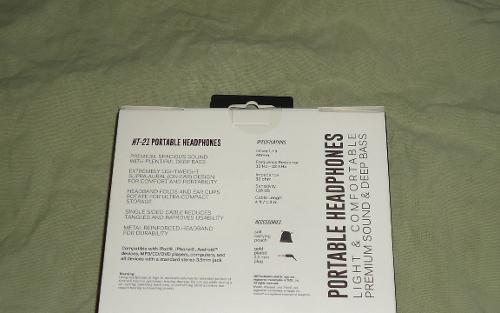
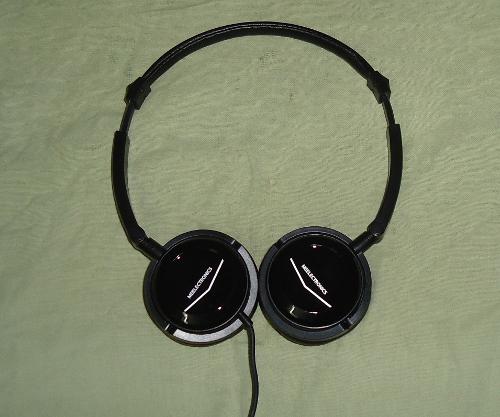



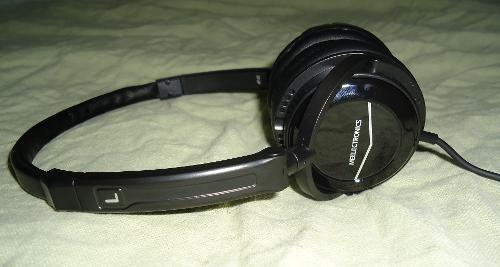


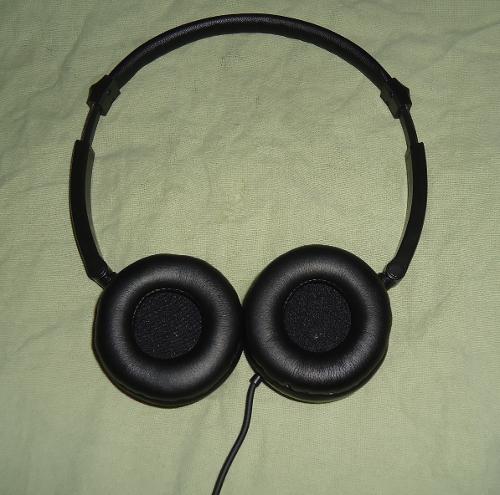
















































































































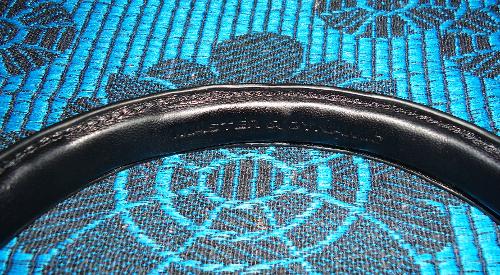


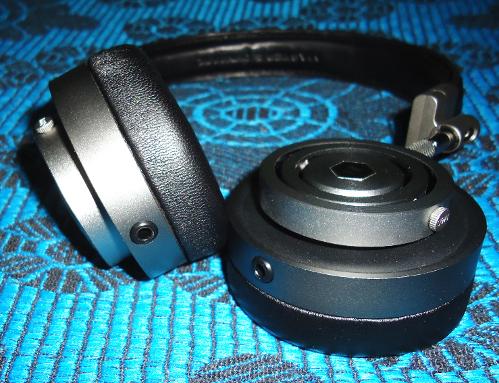




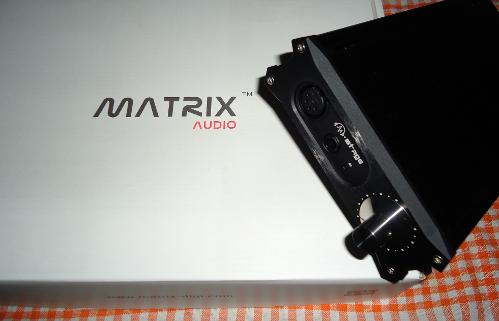



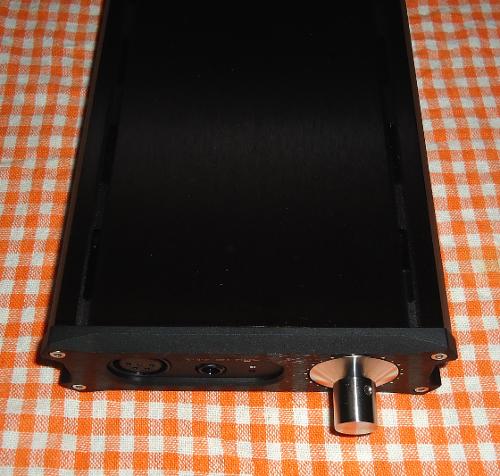


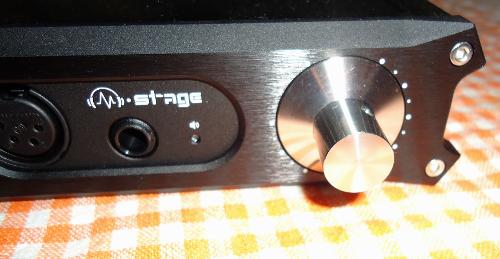
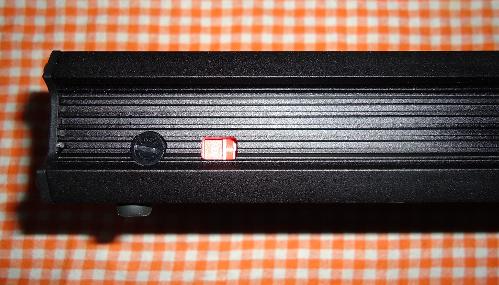
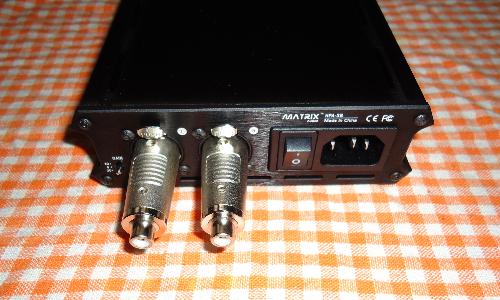




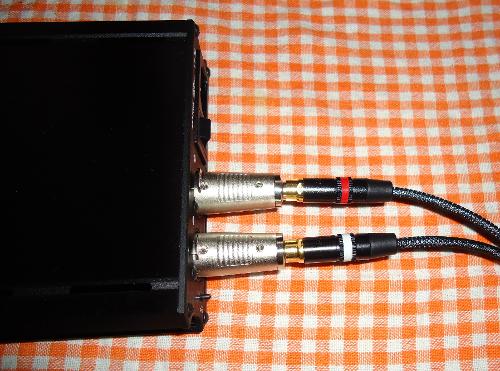

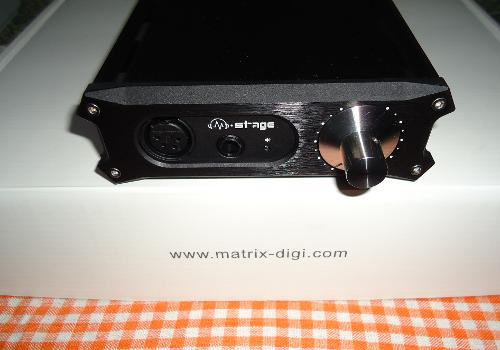


















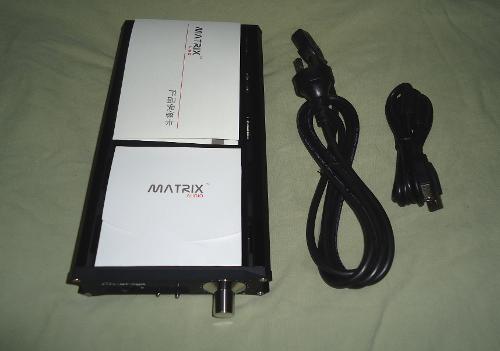



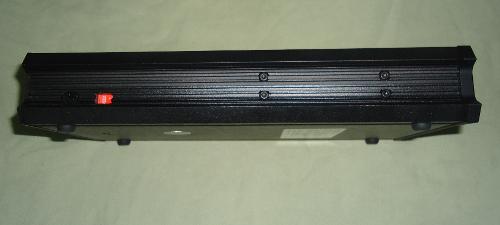







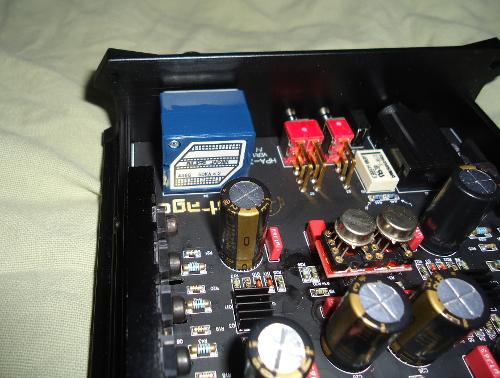


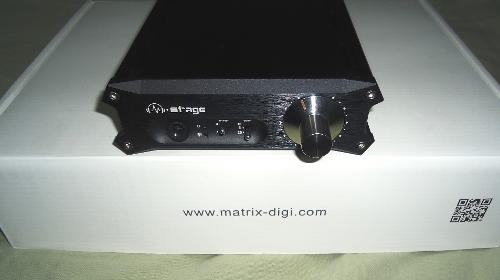






















































































the 2050's will not be comfortable for longer heads due to limited yoke length, and its slightly smaller in size and lighter in weight compared to MH463. Build quality is pretty good, velour earpads used in the 2050.
So It is quite easy to conclude MH463 is a better can (sonically, and by design, comfort) than the 2050.